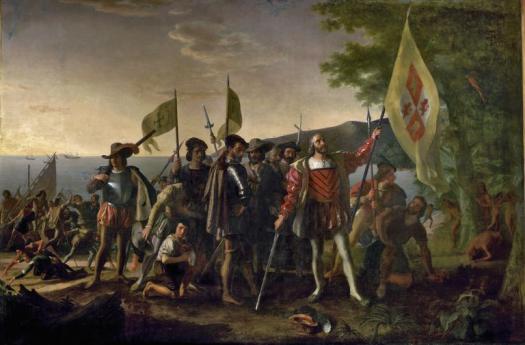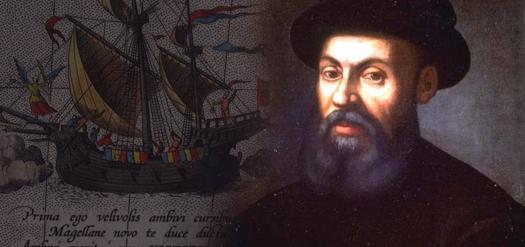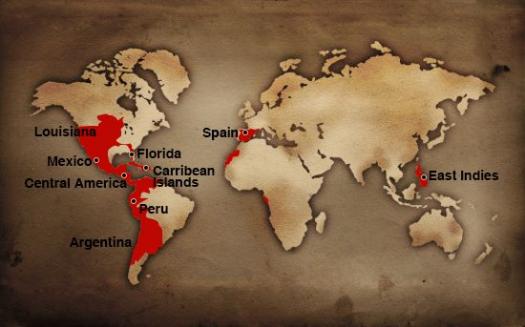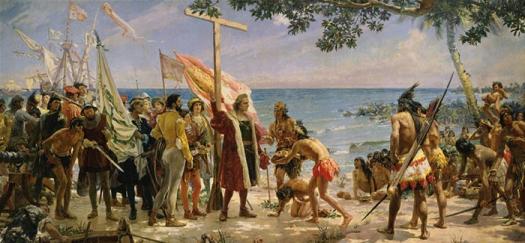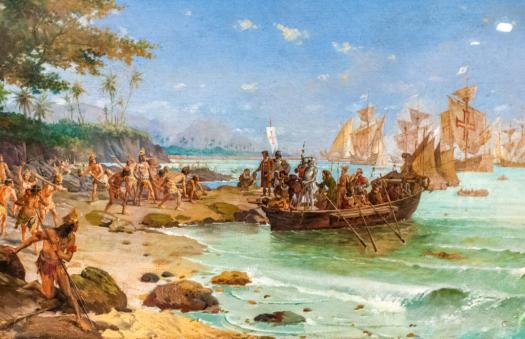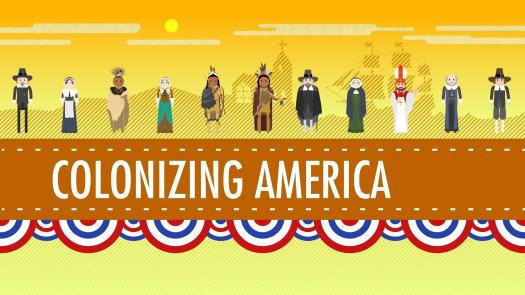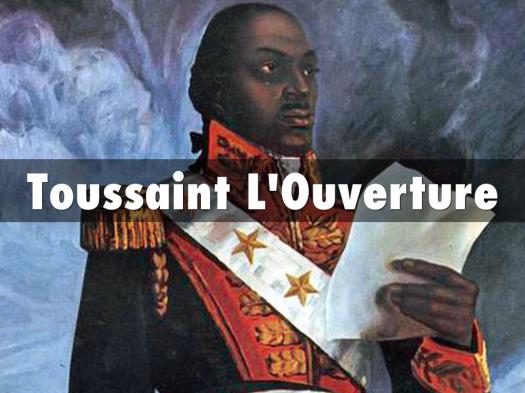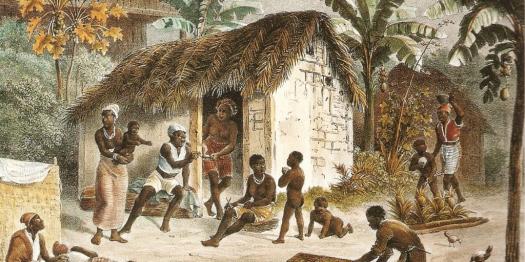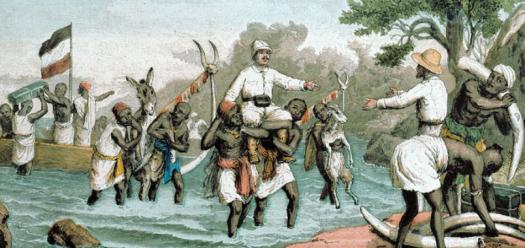What Do You Know About The Colonization Of The World?

It's in the nature of people to be curious and explore new and unknown. But, the reason for the great expansion of the colonialism was purely to satisfy ones need for wealth and glory. This period of history that lasted for centuries is our quiz topic today. Tell us what you know about colonialism of the world!
- 1.
Which nation was the first to start with the colonization?
- A.
British
- B.
Spanish
- C.
Portuguese
- D.
Italian
Correct Answer
C. PortugueseExplanation
The Portuguese were the first nation to start with colonization. They began exploring and establishing colonies in the 15th century, led by explorers such as Vasco da Gama and Ferdinand Magellan. Their colonization efforts were focused on Africa, Asia, and the Americas, and they played a significant role in the Age of Discovery.Rate this question:
-
- 2.
Why did Cristopher Columbus go on his trips?
- A.
To find alternative routes to Asia.
- B.
To find the Aztec gold.
- C.
To find new territories.
- D.
To bring back new vegetable species and spices.
Correct Answer
A. To find alternative routes to Asia.Explanation
Christopher Columbus went on his trips to find alternative routes to Asia. During that time, the existing trade routes to Asia were controlled by the Ottoman Empire, making it difficult for European traders to access valuable Asian goods. Columbus believed that by sailing west, he could reach Asia faster and establish direct trade routes, bypassing the Ottomans. Although he did not reach Asia, his voyages led to the discovery of the Americas and the establishment of European colonization in the New World.Rate this question:
-
- 3.
Who was the first explorer to cross the Pacific Ocean?
- A.
Christopher Columbus
- B.
Bartolomeu Dias
- C.
Vasco da Gama
- D.
Fernando Magellan
Correct Answer
D. Fernando MagellanExplanation
Fernando Magellan is the correct answer because he was the first explorer to successfully lead an expedition that crossed the entire Pacific Ocean. In 1519, Magellan set sail with a fleet of five ships and after a long and arduous journey, his crew became the first to circumnavigate the globe, including crossing the Pacific Ocean. Magellan's voyage proved that the Pacific Ocean was indeed a vast body of water and not just a small sea as previously believed.Rate this question:
-
- 4.
According to the Treaty of Tordesillas, which world part did the Spanish colonizers get?
- A.
Africa
- B.
Middle East
- C.
The larger part of America and the Pacific Ocean
- D.
Australia
Correct Answer
C. The larger part of America and the Pacific OceanExplanation
The Treaty of Tordesillas was signed in 1494 between Spain and Portugal to divide the newly discovered lands outside of Europe. According to the treaty, the Spanish colonizers were given the larger part of America and the Pacific Ocean. This meant that Spain had control over vast territories in the Americas, including present-day Mexico, Central America, and South America, as well as the Pacific islands. The treaty aimed to prevent conflicts between Spain and Portugal over their colonial ambitions and to establish clear boundaries for their respective territories.Rate this question:
-
- 5.
What was Spanish colonization based on?
- A.
On the religious conversion and exploitation of local populations
- B.
On finding wealthy civilizations and exploiting them
- C.
On finding new parts of the world suitable for living
- D.
On finding unknown animal species
Correct Answer
A. On the religious conversion and exploitation of local populationsExplanation
Spanish colonization was based on the religious conversion and exploitation of local populations. The Spanish colonizers aimed to convert the indigenous people to Christianity and used their labor and resources for their own benefit. They established a system of encomienda, where the indigenous people were forced to work for the Spanish colonizers in exchange for protection and religious instruction. This allowed the Spanish to exploit the local populations economically and culturally, ultimately leading to the colonization and domination of the territories they encountered.Rate this question:
-
- 6.
Who were the first Europeans to sail to India?
- A.
Spanish
- B.
Portuguese
- C.
Italians
- D.
French
Correct Answer
B. PortugueseExplanation
During the Age of Discovery, the Portuguese were the first Europeans to sail to India. Led by Vasco da Gama, they successfully reached the Indian subcontinent in 1498. This voyage established a direct sea route from Europe to India, bypassing the overland Silk Road and opening up lucrative trade opportunities. The Portuguese went on to establish trading posts and colonies along the Indian coast, creating a lasting impact on the region's history and culture.Rate this question:
-
- 7.
From which country did the United Colonies declare independence?
- A.
Spain
- B.
France
- C.
Great Britain
- D.
Portugal
Correct Answer
C. Great BritainExplanation
The United Colonies declared independence from Great Britain because they were being governed by British rule and wanted to establish their own independent nation. This decision led to the American Revolutionary War, which ultimately resulted in the formation of the United States of America.Rate this question:
-
- 8.
What's the first, free black republic declared after a revolution in one French colony?
- A.
Saint Barthélemy
- B.
French Guiana
- C.
Trinidad and Tobago
- D.
Haiti
Correct Answer
D. HaitiExplanation
Haiti is the correct answer because it was the first free black republic declared after a revolution in one French colony. In 1791, enslaved Africans and free people of color in Saint-Domingue (now Haiti) began a revolution against French colonial rule. The revolution was successful, leading to the establishment of Haiti as an independent nation in 1804. This historic event marked the first time that enslaved people successfully overthrew their oppressors and established their own independent state.Rate this question:
-
- 9.
Which was the only Latin country to establish independence without a bloodshed?
- A.
Venezuela
- B.
Brazil
- C.
Colombia
- D.
Mexico
Correct Answer
B. BrazilExplanation
Brazil is the correct answer because it is the only Latin country that achieved independence without a violent conflict or bloodshed. Unlike other Latin American countries that fought wars or engaged in armed uprisings against colonial powers, Brazil's independence from Portugal was achieved through a peaceful negotiation process known as the "Cry of Ipiranga" in 1822. This event marked the beginning of Brazil's independence, making it unique among Latin American nations.Rate this question:
-
- 10.
Who began the conquest of India?
- A.
Italy
- B.
Spain
- C.
France
- D.
Britain
Correct Answer
D. BritainExplanation
Britain began the conquest of India. This can be inferred from the historical context of colonialism and imperialism, where Britain established control over various parts of India through the East India Company and later the British Raj. Britain's conquest of India had significant political, economic, and social implications, shaping the course of Indian history for centuries to come.Rate this question:
-
Quiz Review Timeline +
Our quizzes are rigorously reviewed, monitored and continuously updated by our expert board to maintain accuracy, relevance, and timeliness.
-
Current Version
-
Mar 20, 2023Quiz Edited by
ProProfs Editorial Team -
Jun 18, 2018Quiz Created by
EnidaK0909
- African American History Quizzes
- Age Of Exploration Quizzes
- American History Quizzes
- Asian History Quizzes
- Australian History Quizzes
- Chinese History Quizzes
- Colonialism Quizzes
- Elizabethan Era Quizzes
- European History Quizzes
- French Revolution Quizzes
- Georgia History Quizzes
- Gothic Quizzes
- History Midterm Quizzes
- Indian History Quizzes
- Mesopotamia Quizzes
- Middle Ages Quizzes
- Modern History Quizzes
- Philippine History Quizzes
- Renaissance Quizzes
- Revolution Quizzes
- Roman History Quizzes
- Slavery Quizzes
- The Rise Of Hitler Quizzes
- United States Constitution Quizzes
- War Quizzes
- Westward Expansion Quizzes
- World History Quizzes
- World War I Quizzes
- World War II Quizzes
 Back to top
Back to top




